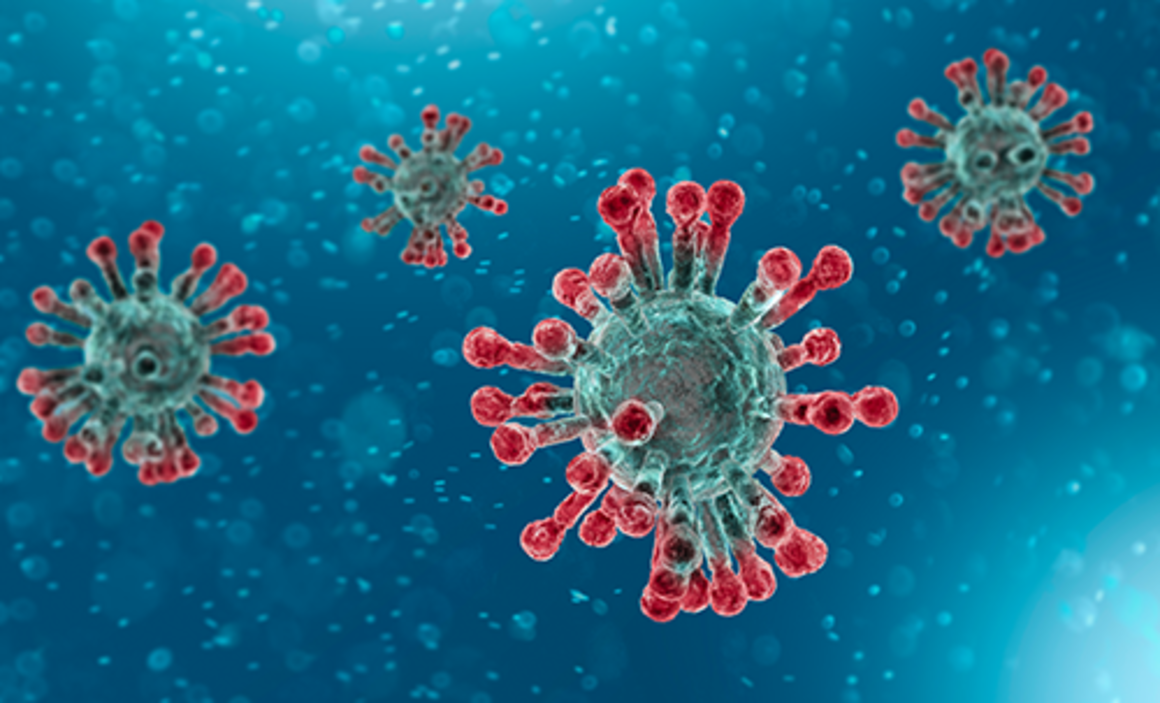Coronavirus disease 2019 (COVID-19) is an infectious disease caused by severe acute respiratory syndrome coronavirus 2 (SARS-CoV-2).[9] It was first identified in December 2019 in Wuhan, the capital of China’s Hubei province, and has since spread globally, resulting in an ongoing pandemic.[10][11] As of 6 May 2020, more than 3.66 million cases have been reported across 187 countries and territories, resulting in more than 257,000 deaths. More than 1.19 million people have recovered.[8]
Common symptoms include fever, cough, fatigue, shortness of breath, and loss of smell and taste.[5][12][13] While the majority of cases result in mild symptoms, some progress to viral pneumonia, multi-organ failure, or cytokine storm.[10][14][15] The time from exposure to onset of symptoms is typically around five days but may range from two to fourteen days.[5][16]
The virus is primarily spread between people during close contact,[a] often via small droplets produced by coughing,[b] sneezing, and talking.[6][17][19] The droplets usually fall to the ground or onto surfaces rather than remaining in the air over long distances.[6] People may also become infected by touching a contaminated surface and then touching their face.[6][17] On surfaces, the amount of virus declines over time until it is insufficient to remain infectious, but it may be detected for hours or days.[6][19][20] It is most contagious during the first three days after the onset of symptoms, although spread may be possible before symptoms appear and in later stages of the disease.[21] The standard method of diagnosis is by real-time reverse transcription polymerase chain reaction (rRT-PCR) from a nasopharyngeal swab.[22] Chest CT imaging may also be helpful for diagnosis in individuals where there is a high suspicion of infection based on symptoms and risk factors; however, guidelines do not recommend using it for routine screening.[23][24]
Recommended measures to prevent infection include frequent hand washing, maintaining physical distance from others (especially from those with symptoms), quarantine, covering coughs, and keeping unwashed hands away from the face.[25][26][7] In addition, the use of a face covering is recommended for those who suspect they have the virus and their caregivers.[27][28] Recommendations for face covering use by the general public vary, with some authorities recommending, some recommending against, and others requiring their use.[28][29][30] There is limited evidence for or against the use of masks (medical or other) in healthy individuals in the wider community.[6]
According to the World Health Organization, there are no available vaccines nor specific antiviral treatments for COVID-19.[6] On 1 May 2020, the United States gave Emergency Use Authorization to the antiviral remdesivir for people hospitalized with severe COVID-19.[31] Management involves the treatment of symptoms, supportive care, isolation, and experimental measures.[32] The World Health Organization (WHO) declared the COVID-19 outbreak a Public Health Emergency of International Concern (PHEIC)[33][34] on 30 January 2020 and a pandemic on 11 March 2020.[11] Local transmission of the disease has occurred in most countries across all six WHO regions.[35]

